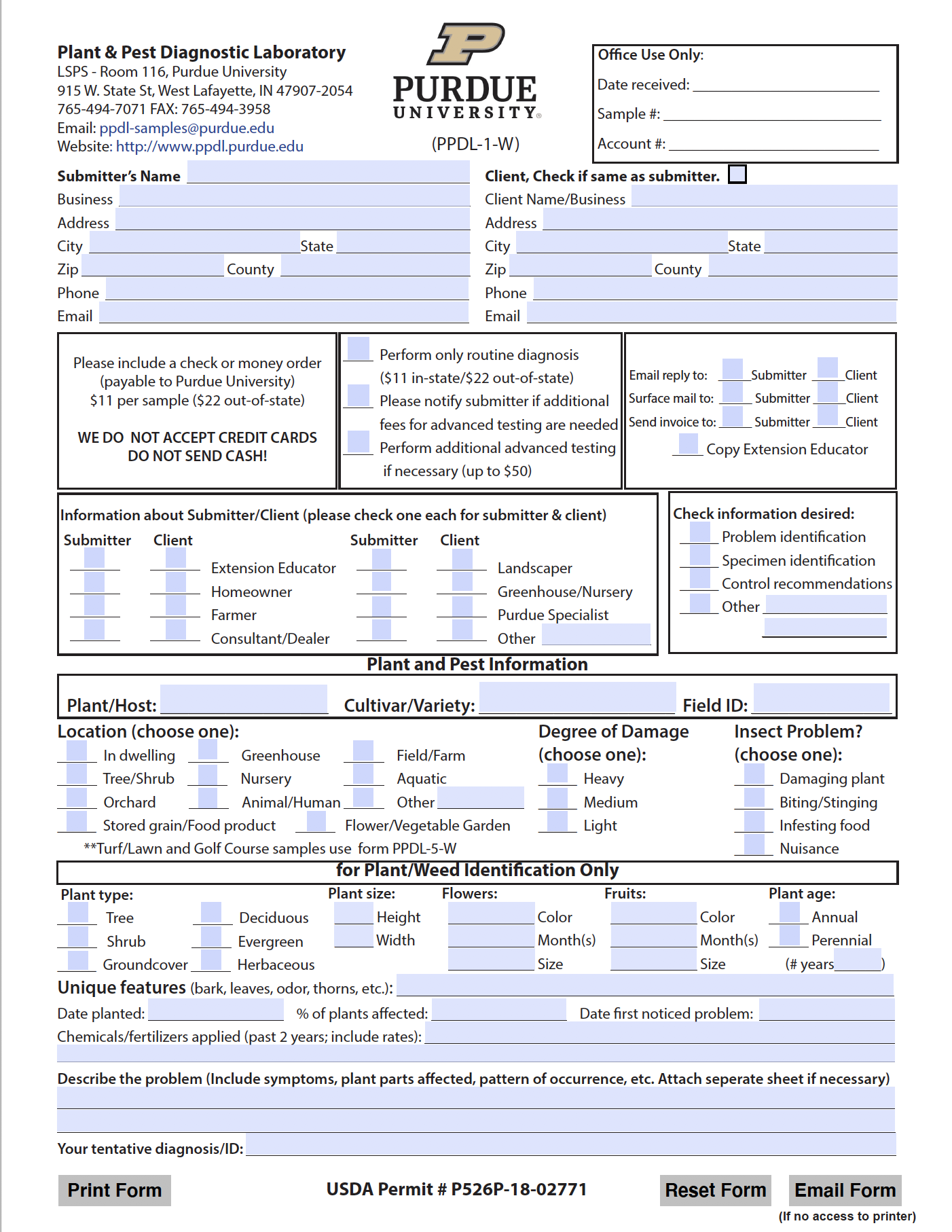Picture of the Week
September 26, 2022
Anthracnose of Pepper
Dan Egel, Clinical Engagement Professor, Southwest Purdue Ag Center, Purdue University
A basketful of good peppers can be a great reward for a home gardener. Commercial pepper growers count on healthy pepper fruit to turn a profit. However, the photos that accompany this article show a very unhealthy, very ugly pepper fruit. The peppers lesions are caused by the disease anthracnose.
Anthracnose lesions are often sunken and round. Under moist conditions, a pink fungus can be observed in the center of the lesion. Similar lesions can affect tomatoes. Lesions are more common as fruit become more mature. Note that the pepper in the photo is red, meaning it is more mature than the typical green pepper.
Click images to enlarge
Crop rotations of 2 to 3 years can reduce the amount of fungus in the soil. Anthracnose can be seed borne, so be careful saving seed. Inspect transplants before purchase or delivery. Avoid overhead irrigations if possible. Fungicides, if applied properly, may reduce the severity of anthracnose of pepper. Commercial growers can find information about pepper diseases in the Midwest Vegetable Production Guide for Commercial Growers mwveguide.org. Always read the fungicide label before application!
If you suspect anthracnose, be sure to get an official diagnosis. Click on images below for a submission form and another article on Anthracnose of Tomato.




